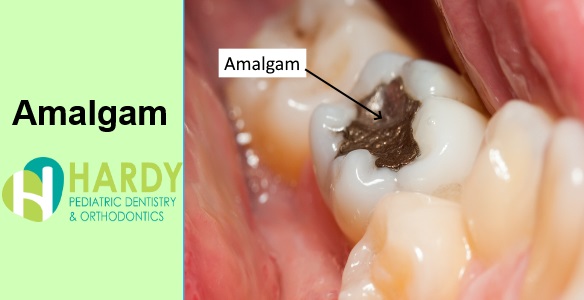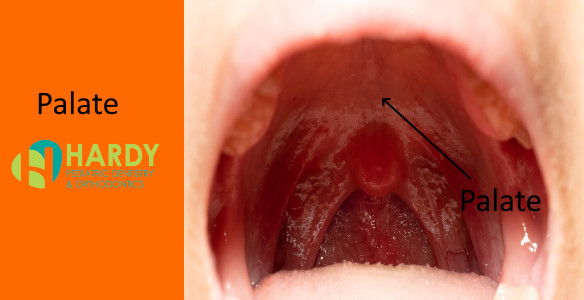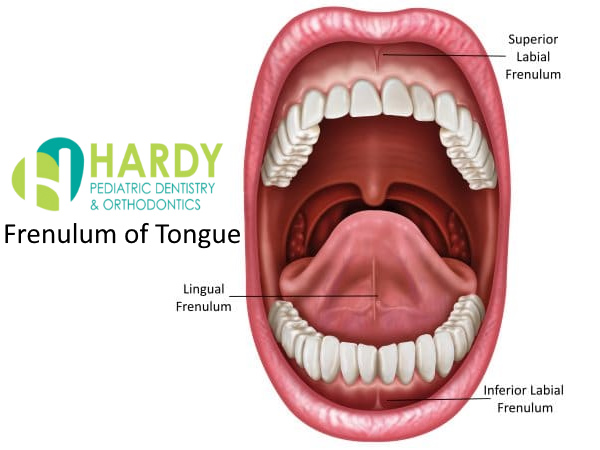What is the Definition of Amalgam?

Why Invisalign is Better Than Direct to Consumer Aligners
October 25, 2021
Anterior Teeth
June 30, 2022Dental amalgam is a combination of metals consisting of liquid metal and alloy mixture mainly used to fill cavities caused by tooth decay. In addition to liquid mercury and a combination of alloys, amalgam may also include trace amounts of tin, silver, and copper. Because of its adaptability, dental amalgam is a substance that is widely used for the restoration of teeth that have tooth decay.

Table of Contents
Is Amalgam Safe in Dentistry?
Dental amalgam does not pose any health risks. In spite of the controversy surrounding dental amalgam, the Food and Drug Administration (FDA) has determined that amalgam fillings are safe for children aged six and older as well as adults.
Why is Mercury Used in Amalgam?
Mercury is utilized in amalgam because it sucessfully binds the particles of the alloy together to produce a filling that is robust, long-lasting, and stable Because of its unique properties, amalgam won’t work preperly without mercury and it also contributes to the increased durability of dental restorations. The mercury content in dental amalgam fillings ranges from around 40 to 50 percent, while the remaining portion of the mixture is made up of a powdered alloy of tin, copper, and silver.
Are There Alternatives To Amalgam?
Porcelain, composite resin, glass ionomer, and resin ionomer are just few of the alternatives that dentists may use to restore a patients’ teeth.


